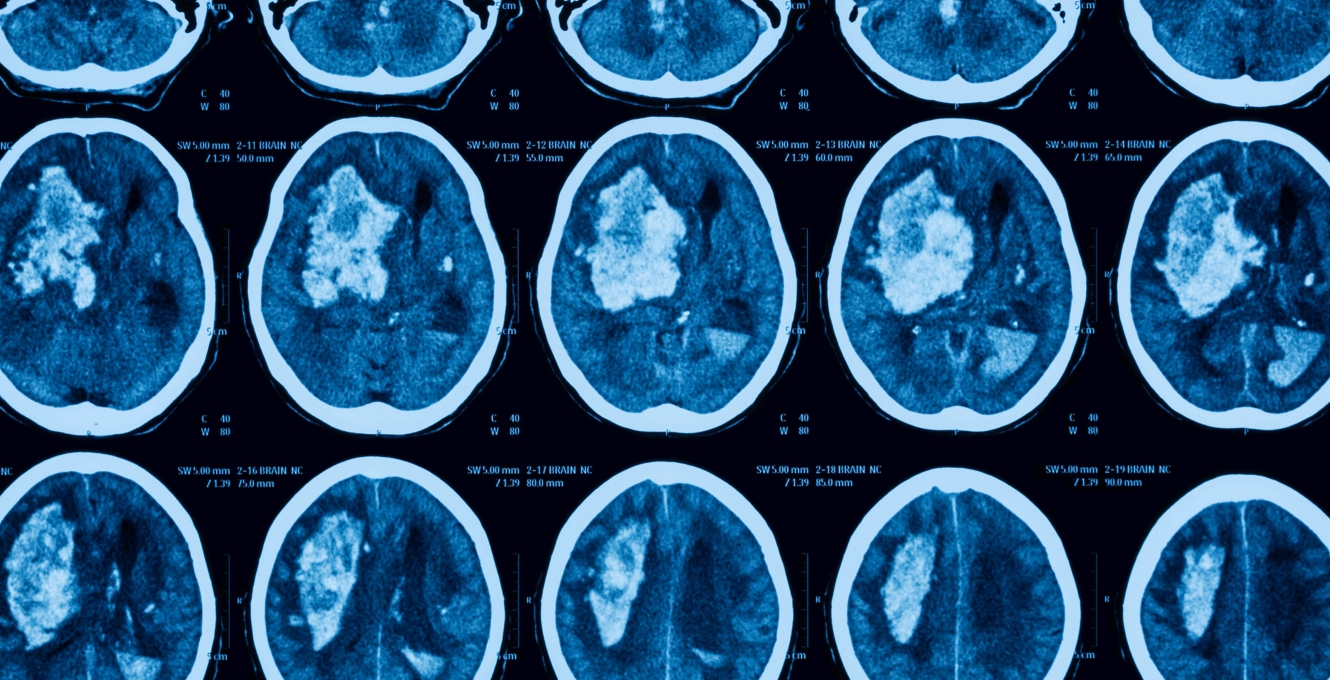Introduction
What is IS?
Information systems (IS) is a research field that uses a variety of information technologies (IT), such as computers, software, databases, communication systems, the Internet, mobile devices, and much more, to determine how using technology allows individuals, groups, or organizations to acquire information on different organizational or social contexts needed to achieve specific goals and practices [6]. However, IS researchers must also be flexible in changing and amending their definitions and research practices to match the rapidly evolving technological and social landscape. Currently, IS definitions are limited to four major views of IS: a technical view, a social view, a socio-technical view, and a processes view, each underpinned by a specific set of assumptions [6]. However, IS researchers should not be complacent to this rigid structure and should explore further opportunities for conceptualizing IS that are less limiting [6].
NeuroIS
What is NeuroIS?
One area of study that IS research has recently started to utilize and explore is neuroscience, in particular cognitive neuroscience. Neuroscience information systems (NeuroIS) is a term coined by a group of researchers who saw an opportunity for cognitive neuroscience theories, methods, and tools to be utilized to further information systems (IS) research [3]. This subfield of IS seeks to contribute to the development of new theories that make possible accurate predictions of information technologies (IT) related behaviors and to the design of IT artifacts that positively affect economic and non-economic variables [5].
Why use NeuroIS?
NeuroIS allows for the expansion of the domain of applicability for IS research to go beyond controlled conscious processes to also encompass the fundamental role of automatic unconscious processes [3]. IS research typically involves collecting data from surveys, field and lab experiments, interviews, secondary sources, and simulated models [1]. With the exception of field and lab experiments, these forms of data collection either cannot control for bias between individuals or cannot account for future unpredictability. Including brain imaging tools might offer objective and unbiased measurement of decision-making, cognitive, emotional, and social processes [1]. Functional neuroimaging tools enable researchers to determine the location frequency, and timing of brain activity with a high degree of accuracy [3]. This type of empirical evidence can complement evidence retrieved from more anecdotal forms of data collection to provide broader insight to make conclusions in IS research.
NeuroIS can also help strengthen non-academic IS research, such as in e-commerce, by drawing upon knowledge of the brain mechanisms underlying consumer decision-making, trust, uncertainty and risk, rewards and pricing, rationality and emotions, personalization, and human-computer interaction [3].
Neuroimaging Tools for NeuroIS
The integration of neuroscience into IS is heavily dependent on the empirical evidence that can be collected from the brain. Functional magnetic resonance imaging (fMRI) and functional near-infrared (fNIR) imaging are modern neuroimaging tools that are commonly used in NeuroIS research today. The electroencephalogram (EEG) and positron emission tomography (PET) are more traditional neuroimaging tools that have also yielded results that have contributed to NeuroIS research.
Functional Magnetic Resonance Imaging (fMRI)
fMRIs are a common tool used in neuroscience and psychology research that detect brain activity over time with BOLD (blood oxygen level-dependent) signals. When a specific region of the brain is active, an increased level of blood flow is present to provide more oxygen to the brain region to maintain the level of activity. Researchers can design tasks for individuals to perform in fMRIs to look for which regions of the brain are active during the tasks, or look for differences in oxygen levels between different groups of individuals. fMRIs provide both high temporal and spatial resolution and are not physically invasive (no injections are required), which is why it is the preferred neuroimaging method, although it is also the most expensive.
Example of fMRI use in NeuroIS
Dikoma et al. conducted an experiment that manipulated the degree of perceived usefulness and ease of use of two websites to determine which areas of the brain were active when participants considered the two independent variables for each website [1]. They found that perceived usefulness is associated with brain areas associated with utility (caudate nucleus and anterior cingulate cortex) and potential for loss (insular cortex) [1]. Because the caudate nucleus is activated by enjoying a large reward and the anterior cingulate cortex is activated by the anticipation of rewards in decision making, it implies that high levels of perceived usefulness can be associated with at least two dimensions: the magnitude of the reward and the anticipation of the expected reward [1]. This conclusion illustrates how neuroimaging techniques can reveal underlying processes that motivate our decisions and actions. The preexisting knowledge of what kinds of activity use the caudate nucleus and anterior cingulate cortex gives more context to how we perceive usefulness. On an industry level, these findings can assist website developers in better understanding how to increase the perceived usefulness of their website.
Functional Near-Infrared (fNIR) Imaging
fNIR imaging uses light in the near-infrared spectrum to measure localized changes in oxygenated blood volume in the brain [4]. This tool exploits the property of blood changing color depending on its levels of oxygenation to determine brain activity, which like the fMRI means blood flow and oxygen levels are the indicators of active brain regions [5]. The fNIR is a wearable device that is placed over the scalp to measure deoxygenated and oxygenated hemoglobin concentrations [2]. It is a preferred neuroimaging tool because it is inexpensive, portable, and non-invasive [2].
Electroencephalogram (EEG)
EEGs measure voltage fluctuations on the scalp with an electrode on the skin that captures the summed postsynaptic potentials generated by a large number of neurons [5]. The benefit of an EEG is its high temporal resolution because it can show results in real-time, however, it lacks spatial resolution [5]. Unlike EEGs, fMRIs offer high spatial resolution and allow researchers to better identify exactly what brain region is activated. However, fMRI machines are very expensive and require training to use, therefore EEGs are more preferred if high spatial resolution is not a priority.
Positron Emission Tomography (PET)
PET scans can be used to measure activity not only in the brain but in other parts of the body as well. Individuals are injected with a low-grade radioactive tracer, typically radioactive glucose, and are placed in the PET scanner that measures glucose activity, which indicates brain activation. PET scans provide a lot of spatial resolution but they also have low temporal resolution [5]. PET scans are not used very often as a brain imaging tool because they are more invasive than fMRIs or EEGs due to the injection required.
Potential for NeuroIS in HCI
Because NeuroIS research uses technology to inform human-based research, there is a possible intersection of NeuroIS and human-computer interaction (HCI). Neurophysiological data collection techniques offer HCI research neurological context to their existing data sets that primarily consist of survey results [4]. However, common neuroimaging techniques like the fMRI require participants to lay still in a loud machine, which does not mimic the natural environment. One challenge to measuring neurophysiological states is the inability of a subject to perform an information technologies (IT) task as authentically and realistically as possible [4]. Because of this limitation, it seems that NeuroIS research serves a greater purpose in providing background knowledge and context for HCI research, however, it is not yet able to maintain environmental conditions necessary for proper HCI experiments.
Brain-Computer Interface (BCI)
The integration of NeuroIS in HCI research gives rise to the subsection of brain-computer interface (BCI). BCI provides non-traditional assistance for controlling computers using neural input and capabilities for communication and control with environmental, navigational, and prosthetic devices [4]. Findings from NeuroIS research can inform BCI researchers on how our brains interact with particular environmental, social, and technological systems to give context to how devices can interact with neural stimuli. Such findings can support the main application of BCI research: how to assist disabled users who are cognitively intact but have such severely limited mobility that system input through physical movement (such as with a keyboard, mouse, joystick, switches, or eye-gaze devices) is infeasible [4].
With the technology for neuroimaging tools constantly advancing, they also become less expensive and more accessible for research outside the field of neuroscience. Research disciplines, such as Information Systems and Human-Computer Interaction, and industry product development should take advantage of this ever-changing technological landscape and utilize it to provide empirical context to further their research questions.
Works Cited
[1] A. Dimoka, P. A. Pavlou, and F. D. Davis, “Research Commentary—NeuroIS: The Potential of Cognitive Neuroscience for Information Systems Research,” Information Systems Research, vol. 22, no. 4, pp. 687–702, Dec. 2011.
[2] H. Ayaz, M. Izzetoglu, K. Izzetoglu, and B. Onaral, “The Use of Functional Near-Infrared Spectroscopy in Neuroergonomics,” Neuroergonomics, pp. 17–25, 2019.
[3] P. A. Pavlou, F. D. Davis, and A. Dimoka, “Neuro IS: The Potential of Cognitive Neuroscience for Information Systems Research,” ICIS 2007 Proceedings, Dec. 2007.
[4] R. Riedl, A. B. Randolph, J. vom Brocke, P. Léger, and A. Dimoka, “The Potential of Neuroscience for Human-Computer Interaction Research,” SIGHCI 2010 Proceedings, 2010.
[5] R. Riedl, R. Banker, I. Benbasat, F. Davis, A. Dennis, A. Dimoka, D. Gefen, A. Gupta, A. Ischebeck, P. Kenning, G. Müller-Putz, P. Pavlou, D. Straub, J. vom Brocke, and B. Weber, “On the Foundations of NeuroIS: Reflections on the Gmunden Retreat 2009,” Communications of the Association for Information Systems, vol. 27, 2010.
[6] S. K. Boell and D. Cecez-Kecmanovic, “What is an Information System?,” 2015 48th Hawaii International Conference on System Sciences, Mar. 2015.
[7] Featured image provided by Princeton University https://press.princeton.edu/subjects/neuroscience-psychology


